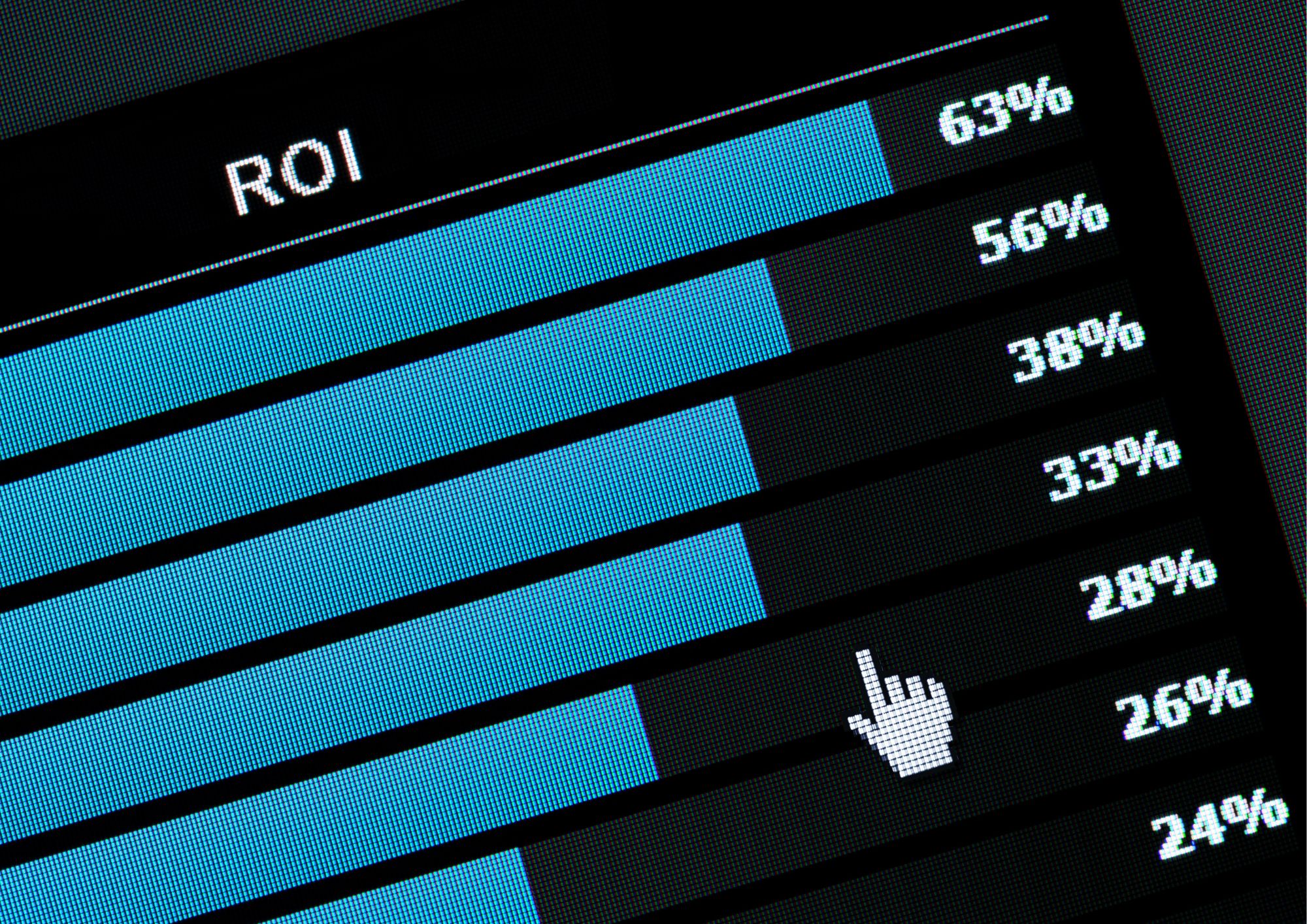The era of hyper automation has brought about significant transformations in businesses across industries. As organizations strive to stay ahead in the competitive landscape, it becomes crucial to measure the return on investment (ROI) of these hyper automation initiatives.
This comprehensive guide will walk you through the essential aspects of measuring automation ROI, including practical examples, facts, and figures.
Understanding Hyper Automation
Hyper automation is an advanced approach to automation, encompassing robotic process automation (RPA), machine learning, artificial intelligence (AI), and process mining, among other technologies.
By integrating these cutting-edge tools, businesses can streamline operations, reduce costs, and boost overall productivity.
Why Measure Hyper Automation ROI?
Investing in hyper automation can be an expensive affair.
To ensure the success of these investments, organizations must assess the ROI, which not only helps justify the expense but also provides insights into areas of improvement.
Key Metrics to Evaluate Hyper Automation ROI
Measuring automation success requires tracking various performance metrics, including:
Cost Savings
Calculate the difference between pre- and post-automation costs to determine the savings generated by implementing hyper automation.
Example: If manual processing costs $100,000 annually and hyper automation reduces this to $60,000, the cost savings are $40,000.
Efficiency Gains
Determine the increase in throughput or reduction in processing time following automation.
Example: If a process previously took 5 hours to complete manually and now takes 1 hour with automation, you have achieved an 80% efficiency gain.Quality Improvements
Assess the reduction in error rates and rework, leading to improved quality.
Example: If the error rate was 10% pre-automation and dropped to 2% post-automation, you've achieved an 8% quality improvement.
Employee Engagement
Measure the impact of automation on employee satisfaction and retention.
Example: If employee turnover drops from 15% to 10% after automation implementation, the increased retention rate is 5%.Calculating Hyper Automation ROI
To calculate automation ROI, use the following formula:
ROI = (Total Benefits - Total Investment) / Total Investment * 100Total Benefits
The sum of all financial gains generated by hyper automation, including cost savings, efficiency gains, and quality improvements.
Total Investment
The overall costs associated with implementing and maintaining the automation solution.
Example: If your total benefits equal $500,000 and your total investment is $300,000, your ROI would be:
ROI = ($500,000 - $300,000) / $300,000 * 100 = 66.67%Strategies for Maximizing Hyper Automation ROI
To maximize the return on your automation investments, consider the following strategies:
Prioritize high-impact processes
Focus on automating processes with the highest potential for cost savings, efficiency gains, and quality improvements.
Train employees
Equip employees with the necessary skills to work alongside automation technologies, increasing their value and productivity.
Monitor and adjust
Continuously track performance metrics and make adjustments to your automation strategy as needed.
Continuously track performance metrics and make adjustments to your automation strategy as needed determining the success of your initiatives and making informed decisions about future investments.
By understanding the key metrics involved, calculating ROI, and implementing strategies to maximize returns, you can ensure that your organization reaps the full benefits of hyper automation.
Remember to prioritize high-impact processes, invest in employee training, and continually monitor and adjust your automation strategies.
With a clear focus on these elements, your organization will be well-positioned to achieve measurable automation success and drive significant value from your hyper automation investments.
By keeping these aspects in mind and using the provided examples, facts, and figures, you’ll be able to develop a comprehensive understanding of how to measure the ROI of hyper automation investments effectively.
This knowledge will not only empower you to make better decisions but also contribute to the overall success and growth of your organization. 😊
Thank you for reading our blog, we hope you found the information provided helpful and informative. We invite you to follow and share this blog with your colleagues and friends if you found it useful.
Share your thoughts and ideas in the comments below. To get in touch with us, please send an email to dataspaceconsulting@gmail.com or contactus@dataspacein.com.
You can also visit our website – DataspaceAI


